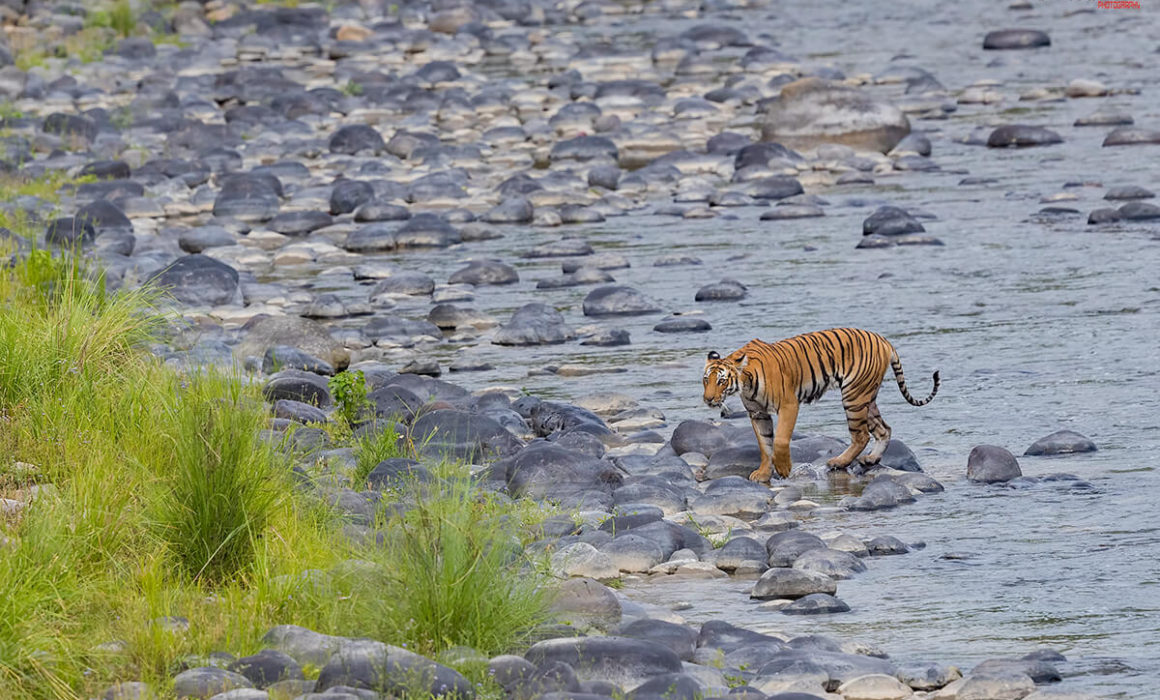Wildlife Photography with Canon 70-200mm F4 L IS Lens
In this article, we will go through wildlife photography with Canon 70-200mm f4 L IS lens. This will give you a better idea on how a mid range telephoto focal lengths between 70mm and 200mm can get you awesome wildlife photos. You will also learn when to use these focal lengths during a wildlife photography trip.
Art of Wildlife Photography at 70mm
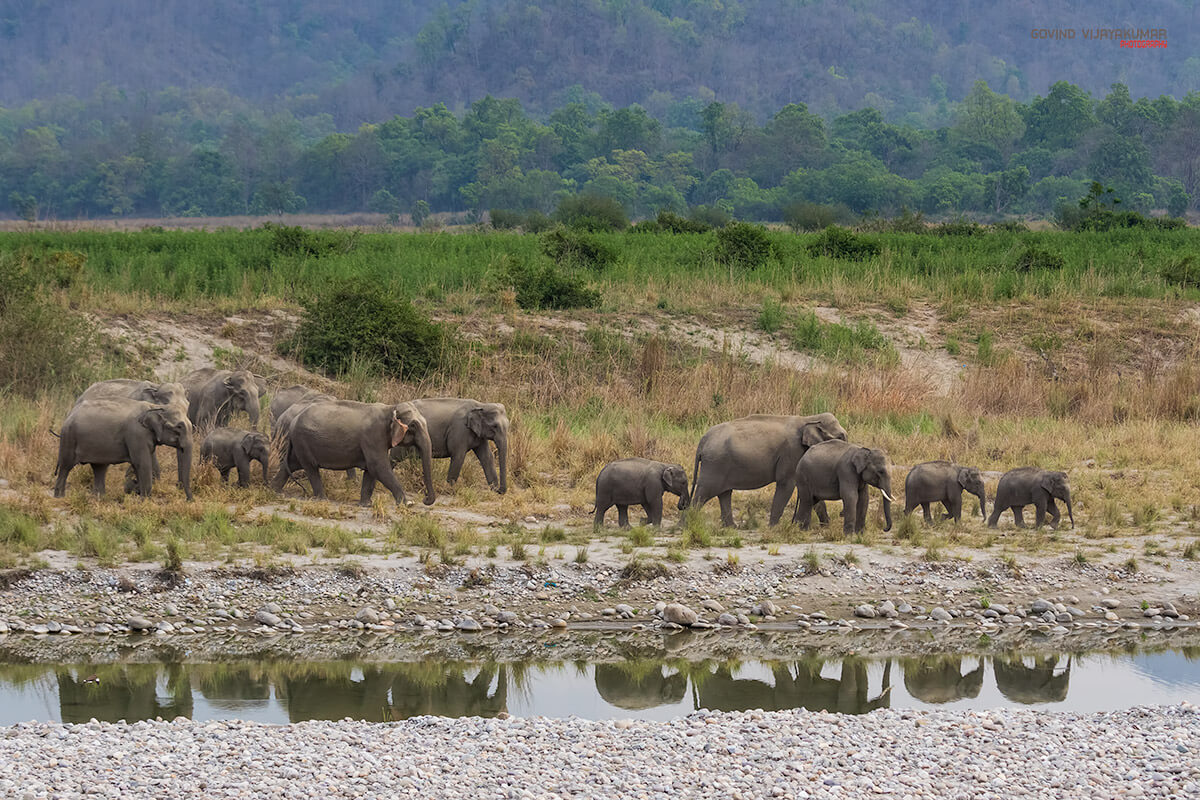
Canon 7D Mark ii with Canon 70-200 f4 L IS lens at 70mm
Wildlife photography is not all about capturing tight portrait shots of animals like Tiger, Lion and Leopards. Most of the photographers photograph wildlife using big telephoto prime lenses of focal lengths like 500mm, 600mm and 800mm. So, Why do you want to create similar shots of Lion and Tigers? Here, I will show you how to take wildlife photos that stand out from the rest of the photos. I will be using Canon 70-200mm f4 L IS lens.
Useful to Compose Frames
Just as I told earlier, always photographing tight portraits is not good to improve your photography skills. One should learn how to compose images. It is tough to compose with a 600mm or 800 mm telephoto lens. This is one area where a telephoto zoom lens scores over a prime telephoto lens.
Imagine yourself in a wildlife safari jeep looking for wild animals. Chances are there that the tiger may come on the safari track. It may be lying down near a waterhole adjacent to the safari track. In such situations, you may not be able to get a good portrait shot with a 600 mm telephoto lens since it is very close to safari vehicle.
Even the focusing may not work since the tiger is very close when compared to the minimum focusing distance of the 600 mm telephoto lens. You can make use of a medium telephoto lens in this situation. You can make wonderful images using the leading lines of the safari road or using the waterhole in your image composition.
I generally carry my Canon 70-200mm f4 L IS lens along with a Canon 7D Mark ii camera body when I go for a wildlife safari. My primary camera and lens would be Canon 500mm f4 L IS II Lens mounted on a Canon 1DX Mark ii body.
I had recently traveled to Jim Corbett National Park in Uttarakhand, India for photographing Tigers and Elephants. We had good Tiger and Elephant sightings. In one of the sightings, the sub-adult tiger was resting under a tree. This was a good photo opportunity for me to compose frames at different focal lengths.
Capture Habitat photos
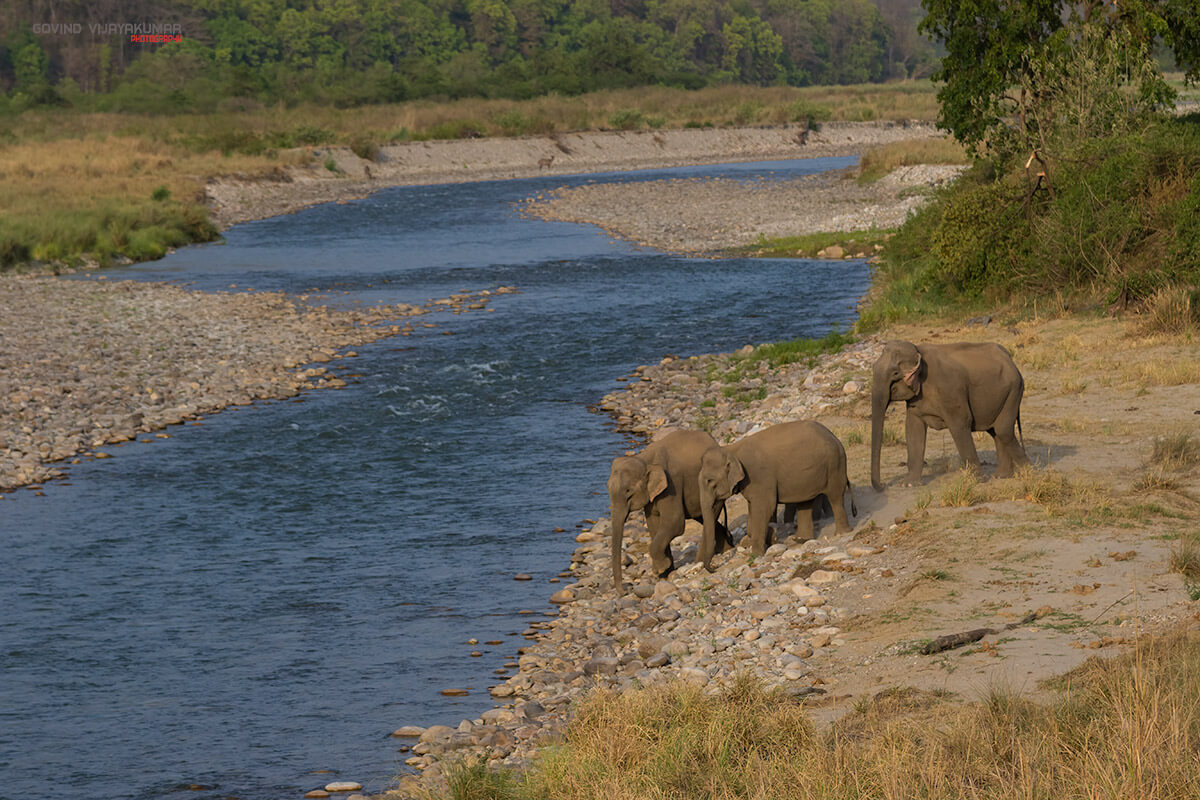
Canon 7D Mark ii with Canon EF 700-200mm f4 L IS Lens at 106mm
Capturing habitat in a photograph can create interesting frames. In my opinion habitat shots are story telling images. If you include the habitat of the subject along with the animal then it would be more interesting.
Photo printing
If you are interested in photo printing then you must try to compose wildlife photos in these focal lengths. They make amazing photographs when you take big size prints. You can even sell photo prints. I have managed to sell few photo prints taken using my Canon 70-200mm lens. I recommend shooting in RAW format since it gives you the ability to adjust the resolution for high quality prints.
Capture Awesome Images in Sunrise and Sunsets
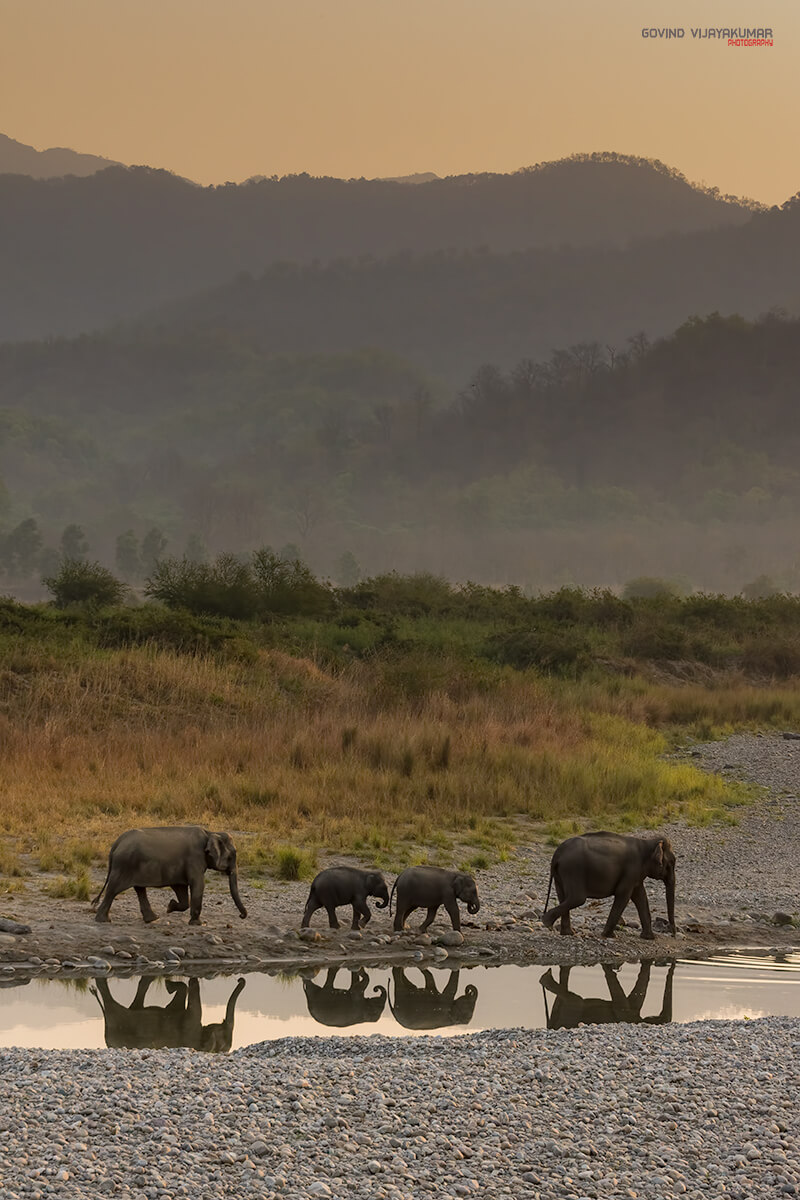
Canon 7D Mark ii with Canon 70-200mm f4 L IS lens at 70mm
Everyone would be familiar with the term “Golden hour” in photography. The time during sunset and sunrise is referred to as the Golden Hour. This is the best time of the whole day to capture beautiful wildlife images. I highly recommend carrying a beanbag for wildlife safari since the available light will be less during this time. It will help you to get better sharp images in low light conditions.
If you use your 500mm or 800mm telephoto lenses then you won’t be able to capture the full essence and feel of light at that time. Here, I find a focal length of 70mm to 200mm to be very helpful.
It helps me to capture beautiful sunsets and sunrise photographs with wildlife subject in it.
Capture Multiple Subjects
If there are a group of elephants or tiger with cubs. The cubs would be interacting with its mother. The elephants would be playing with each other. You may miss these wonderful photography opportunities if you only a carry a big telephoto lens since you can include all the subjects in the frame.
I have managed to capture many such beautiful moments using my Canon 70-200mm f4 L IS lens.
Wildlife Photography at 200mm
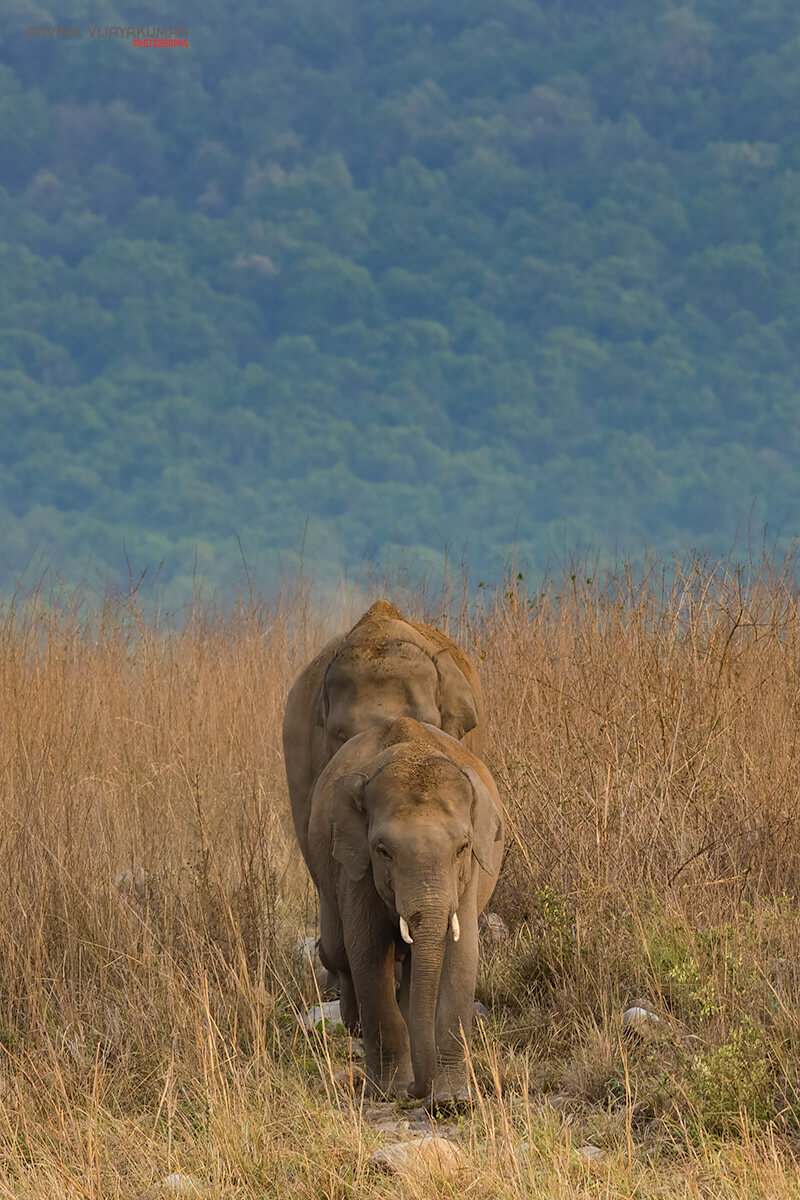
Canon 7D Mark ii with Canon 70-200 f4 L IS lens at 200mm
I have even made full frame tiger portraits at 200mm focal length. There were situations when the tiger was close to the safari vehicle. This is quite a usual thing in tiger parks of North India. These are situations where the 500mm lens fails to focus. This lens had saved me in many such situations.
So, Don’t wait anymore. start photographing in this focal length.
I recommend carrying a medium telephoto lens like the Canon 70-200mm f4 L IS lens along with your high-end telephoto lens in your wildlife safari. In this way, you can create some unique wildlife photo frames.
Do Share your Comments!!!

